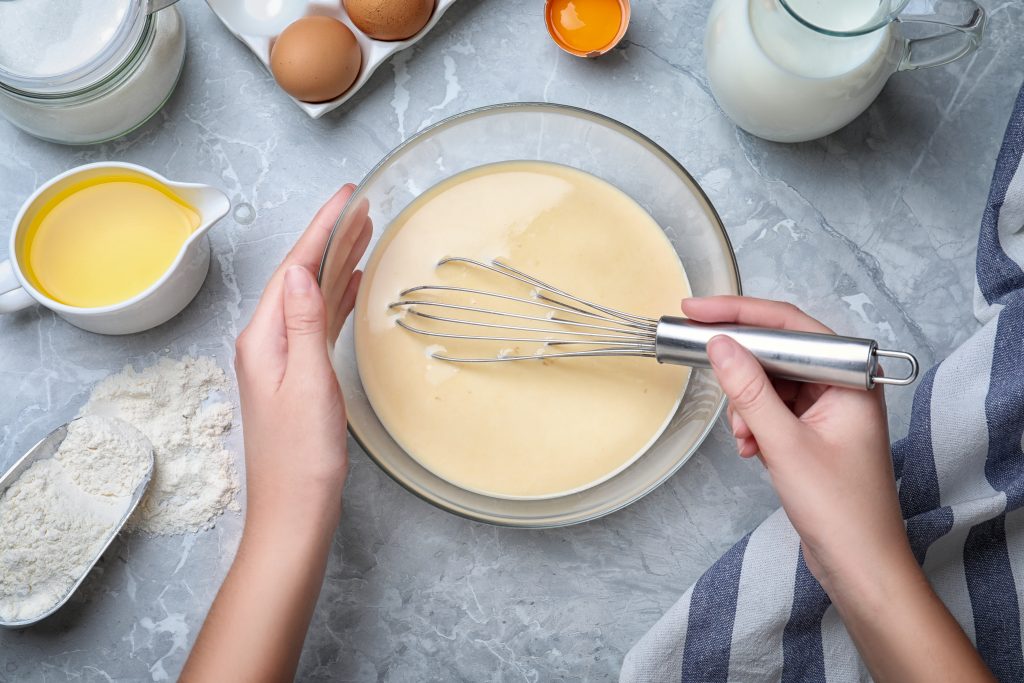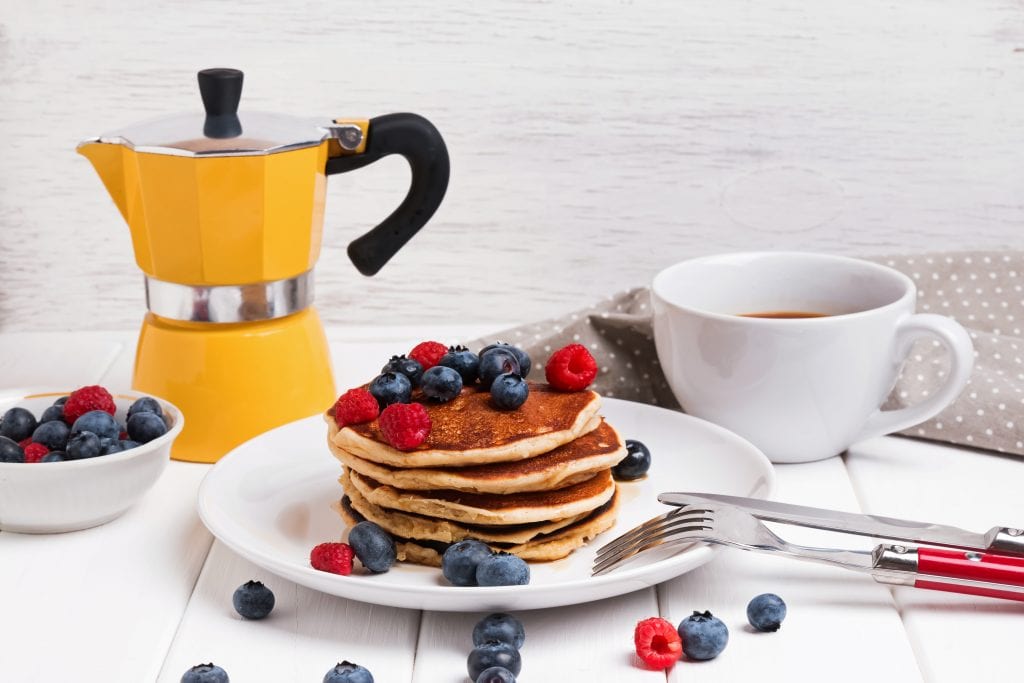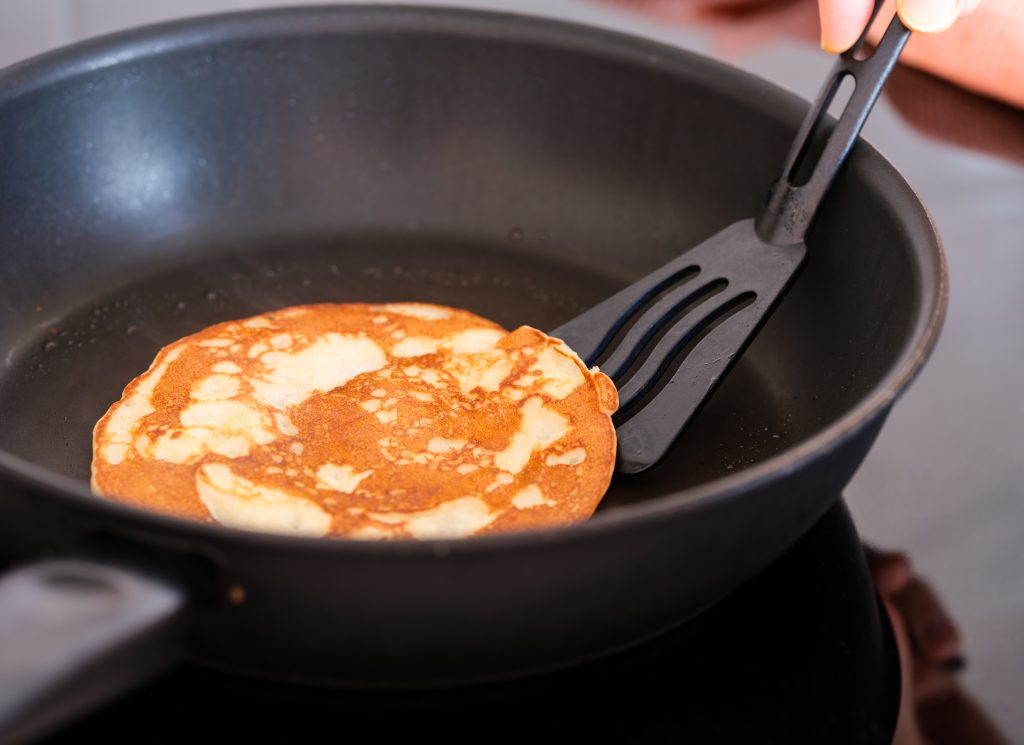Pancakes are usually a huge hit for breakfast — either at home or in a restaurant. Wolfing down a big stack of thick, fluffy pancakes, topped with syrup, butter or whipped cream, can feel extra satisfying.
Have you ever wondered what the secret is to making fluffy restaurant-style pancakes? Some people think it’s how you prepare the batter while others think it’s using the best pancake maker so they turn out perfectly every time. In this article, we cover it all.
Take Time To Measure
While it might be tempting to rush through the process if several hungry mouths are needing to be fed, eyeballing pancake batter rarely turns out well. Just as you would go about baking a dessert, you want to make sure to properly measure each ingredient. Luckily, the ingredients list is short, so it won’t add much time.

Don’t Over-Mix
Some chefs claim over-mixing the batter will leave you with lackluster fluffiness. As soon as the batter is thoroughly moistened, stop mixing it. Lumps are OK and won’t hurt the process. They’re actually encouraged because a smooth batter will thin immediately upon hitting a hot pan.

Get The Best Pancake Maker
Although you can cook pancakes in a pan on the stove, a pancake maker can grant you perfect pancakes each and every time because it offers a consistent cooking surface that heats evenly. If you have several people to feed, an electric griddle will provide plenty of surface area for pouring dough and flipping pancakes. Some pancake makers only let you cook one at a time, but it might take a little longer to create a stack. Most devices notify you when they’re hot enough for batter and offer nonstick surfaces, making cleanup a breeze.
If you’re shopping around for this handy small kitchen appliance, check out our selection of the best pancake makers that’s been vetted by a team of experts.
Time It Right
When you mix up your batter, you’ll notice little air bubbles forming when baking soda mixes with wet, acidic ingredients like buttermilk. This means it’s producing carbon dioxide gas bubbles that help the batter rise. It’s a signal that the batter is ready to go onto the stove or griddle. If you want too long, the bubbles will disappear, leaving you with flat pancakes.
Bring On The Heat
Regardless of whether you use a pan, griddle or pancake maker, one thing is certain: the surface must be hot before you add the batter. The heat is what jumpstarts the rising process. Nailing the texture is a big key to creating delicious pancakes. You want them crispy and golden brown on the outside with a light and spongy interior.

Flip Gently
Once the pancake bubbles begin to pop and the edges have started to brown, it’s time to flip. Loosen the edges and slip your spatula underneath entirely, then gently turn the pancake over. Don’t press the pancakes down with the spatula. This will press out the air and make them flatter. And flip them only once; the right time is when bubbles form all over the surface and don’t disappear.
Now that you know how to nail the perfect pancake, you can take your presentation to the next level with a pancake charcuterie board. Or, if you’re feeling extra adventurous, you could try making Japanese pancakes, which are thick yet airy and souffle-like.
This story originally appeared on Don't Waste Your Money. Checkout Don't Waste Your Money for product reviews and other great ideas to save and make money.


